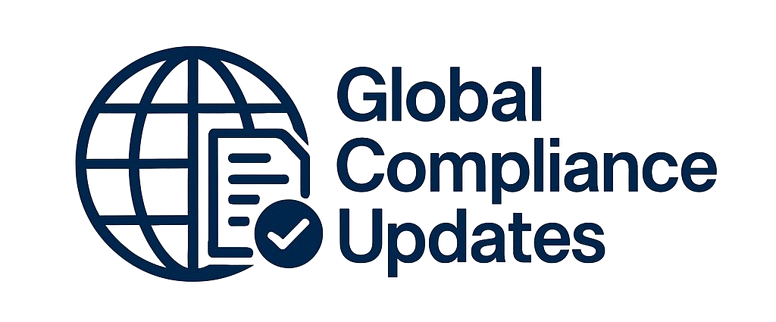Job descriptions have become extremely important for employers. Courts are required to give deference to an employer’s description of essential functions of the job as long as they are listed in a job description that was in place before the employer sought applicants. Yet, some employers have discovered that job descriptions have hurt them in court – in large part because the employer failed to consider the job description as a constant work in progress and failed to keep them up to date.
WHY SHOULD YOU ATTEND?
Job descriptions have so many purposes for an employer – they help in the recruitment and interviewing process so that you can get that ideal candidate to come to work for your company. It helps the employee know exactly what are your expectations. And, finally, it helps the employer defend itself in court – as long as they are written correctly. In this webinar, we will discuss how to write an effective job description how to use them to attract and retain quality employees, and how to use them if you find yourself in the unfortunate situation of being sued.
AREA COVERED
- Writing effective job descriptions – words to use and words to avoid
- Bonus tips for writing job descriptions
- Best practices for writing job descriptions
- Most common mistakes in writing job descriptions
- New approaches to writing job descriptions
- Using AI in writing job descriptions
- How to improve your chances that your job descriptions will help you win in court
LEARNING OBJECTIVES
- Learn how to write an effective job description
- Learn best practices for writing job descriptions
- Learn how to be flexible in your approach to writing job descriptions
- Learn how to use job descriptions in the interview process
- Learn from the mistakes of others when job descriptions hurt them in court
WHO WILL BENEFIT?
- Human resource professionals.
- hiring managers.
- recruitment managers.
Job descriptions have so many purposes for an employer – they help in the recruitment and interviewing process so that you can get that ideal candidate to come to work for your company. It helps the employee know exactly what are your expectations. And, finally, it helps the employer defend itself in court – as long as they are written correctly. In this webinar, we will discuss how to write an effective job description how to use them to attract and retain quality employees, and how to use them if you find yourself in the unfortunate situation of being sued.
- Writing effective job descriptions – words to use and words to avoid
- Bonus tips for writing job descriptions
- Best practices for writing job descriptions
- Most common mistakes in writing job descriptions
- New approaches to writing job descriptions
- Using AI in writing job descriptions
- How to improve your chances that your job descriptions will help you win in court
- Learn how to write an effective job description
- Learn best practices for writing job descriptions
- Learn how to be flexible in your approach to writing job descriptions
- Learn how to use job descriptions in the interview process
- Learn from the mistakes of others when job descriptions hurt them in court
- Human resource professionals.
- hiring managers.
- recruitment managers.
Speaker Profile
 Susan Fahey Desmond
Susan Fahey Desmond
Susan Fahey Desmond is a partner with McGlinchey Stafford, PLLC which has offices in 33 states across the country. She has been representing management in all areas of labor and employment law for over 35 years. A noted author and speaker, Susan is listed in Best Lawyers in America and has been named by Chambers USA as one of America’s leading business lawyers
Upcoming Webinars

ChatGPT and Project Management: Leveraging AI for Project M…

Workplace Investigations 101: How to Conduct your Investiga…

Project Management for administrative professionals

The Monte Carlo Simulations in Excel for Risky Investments

Onboarding is NOT Orientation - How to Improve the New Empl…

Dealing With Difficult People: At Work & In Life

Transform Data into Insights: A Beginners Guide to Excel Pi…

Construction Lending And Real Credit Administration: Evalua…

Understanding Accounting for non - Accounting professionals

Harassment, Bullying, Gossip, Confrontational and Disruptiv…

New Form 1099 Reporting Requirements: 2025 Compliance Update

Human Error Reduction Techniques for Floor Supervisors

HR Metrics and Analytics 2025 - Update on Strategic Plannin…

Treating Employees Like Adults: Discipline versus Empowerme…

7 Ways To Beat Burnout: Without Quitting Your Job


How to Write Procedures to Avoid Human Errors

Handbook Overhaul 2026: Compliance, OBBB Act & Beyond

FDA Proposes Framework to Advance Credibility of AI Models

Ethical Terminations: Navigating Employee Exits with Legal …

Understanding EBITDA – Definition, Formula & Calculation

Project Management for Non-Project Managers - Scheduling yo…

4-Hour Virtual Seminar on Hidden Secrets of Selling & Marke…

Validation Statistics for Non-Statisticians

Data Integrity and Privacy: Compliance with 21 CFR Part 11,…


The Alphabet Soup: When the FMLA, ADA, COBRA, and Workers' …

Talent Management: How to Leverage AI and ChatGPT Tools for…


Offboarding with Care: Conducting Legal & Ethical Employee …

2-Hour Virtual Seminar on How to Conduct an Internal Harass…

Payments Fraud Detect & Prevent Check, ACH and P-Card Schem…

Managing Toxic & Other Employees Who have Attitude Issues



Reduce Stress in the Workplace: Effective Ways to Handle Co…





Excel - Pivot Tables - The Key To Modern Data Analysis and …
